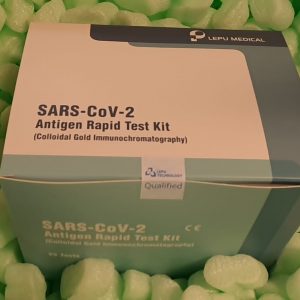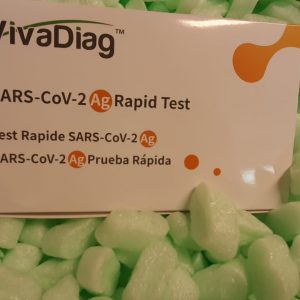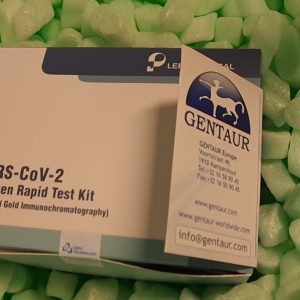Although the Western Blot or ELISA assays are based on an antigen- antibody interaction and their main purpose is to detect a specific protein specifically from a sample, both immunoassays show marked differences.
These differences can translate into both advantages and disadvantages that it is necessary to know to select the technique that will give us the information we are looking for in the context of our research.
In this entry we bring you a summary of the cases in which it will be more convenient to opt for the Western Blot or ELISA technique . But first, let’s look at the similarities and differences between them:
Similarities And Differences Between Western Blot Or Elisa
1.- Western Blot Or Elisa: Similarities
- Both Western Blot and ELISA are immunoassays.
- Both methods are based on the antigen-antibody reaction.
- They are analytical experiments.
- They are used to detect biomolecules such as proteins, enzymes, hormones, etc.
2.- Wester Blot Or Elisa: Differences
- ANALYTE THEY DETECT
- Western Blot : mainly antigens present in the sample.
- ELISA : antibodies or antigens present in the sample.
- EXPERIMENT RUN TIME
- Western Blot : high time consumption.
- ELISA : very fast execution technique.
- NUMBER OF SAMPLES PER EXPERIMENT
- Western Blot : Only a very limited number of samples can be analyzed per experiment.
- ELISA : A multitude of samples can be analyzed simultaneously using 96-well plates, and the use of plate readers allows high-throughput screening.
- ANALYTE QUANTIFICATION
- Western Blot : it is a semiquantitative method.
- ELISA : it is a quantitative method that allows to know the amount of analyte present in the sample in a precise way.
- PRESENTATION OF THE RESULTS
- Western Blot : allows obtaining photographs to present the results.
- ELISA : The results are numerical readings, and cannot be presented in image format.
- TECHNIQUE COMPLEXITY
- Western Blot : relatively complex technique that requires the standardization of the entire process.
- ELISA : simpler technique that can be carried out successfully even by less experienced personnel.
- COST
- Western Blot : Requires the use of various chemical reagents, gels, etc., which make the cost high.
- ELISA : Comparatively, the cost is lower, also due to the number of samples that can be analyzed in a single experiment.
How To Choose Between Western Blot Or Elisa
Taking into account the characteristics, advantages and differences that we have just mentioned, we can draw some conclusions that will help us opt for a Wester Blot or ELISA immunoassay :
1.- When To Do A Western Blot?
- When there is a small number of samples.
- When you want to determine the molecular weight of the protein.
- When you want to observe changes in molecular weight due to post-translational modifications.
- When you want to study the degradation of a protein to determine the quality of a sample.
- When the antibody to be used only recognizes linear epitopes, and therefore the protein must be denatured so that it can be identified.
- When there are doubts about the specificity of the antibody, and we want to confirm that it will not recognize other bands than the one that corresponds to the molecular weight of the target protein.
- When time is not a limiting factor.
2.- When To Do An Elisa?
- When there is a high number of samples to analyze.
- When you want to not only detect the presence of a certain protein, but also quantify it.
- When the antibody recognizes a conformational epitope.
- When time is a limiting factor.
- When you have less experience or do not have the time to set up a test, due to the large current supply of commercial ELISA kits with already optimized experimentation protocols. (We remind you of this entry on What characteristics to look for in an ELISA kit )





